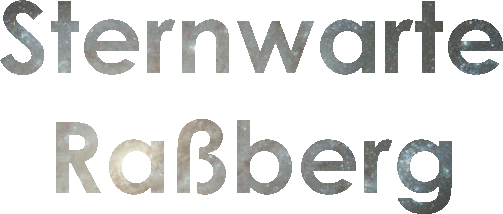Astrophotography
Guiding
Guiding is a process to further improve the tracking of objects in order to allow longer exposure times. The idea is simple, find a bright star near your object and monitor its movements and when it moves, send signals back to the mount to counteract these movements. However, what sounds simple, often isn’t. The process is fraught with problems. There are three basic types of guiding.
- Using an eyepiece with crosshairs and guiding manually – I can’t imagine anybody doing this today, very tedious and probably not very accurate
- Using a second telescope or guidescope. I started with this method using aVixen 80mm f 10 refractor and webcam. It does work, however it can be very difficult to find a suitable star. In order to improve finding a suitable star I fitted the guidescope with a high quality finderscope. This did help somewhat, but one still had to resort to trial and error and at times this was a very tedious process.
An additional problem with using a second telescope is flexure. If at any time there is the slightest movement between the guidescope and mainscope, then this will be falsely interpreted as a guide error and corrected. I must say, I never really experianced this problem, but it can occur. - With an Off Axis Guider. This method takes a small part of the light from the main telescope and deflects this to a second camera. Although theoretically it is a better method, it is not without problems. Firstly the OAG must be fitted in the image train and is at best 1cm thick. This in turn shifts the camera 1cm further away. Usually there are also various other adapters and a filterwheel which increase the separation even further and this then leads to problems focusing the main camera. The second problem is that the second camera must be attached with spacers such that its chip has the same distance as to the main chip and that both are in focus at the same time. This turned out to be very difficult to achieve, not helped by the fact that the majority of OAG use a very simple and wobbly focus adjustment. When the system was eventually setup, it guides very well, and because it uses the same light as the image, flexure is not a problem. Having said this, most OAG are very flimsy and prone to wobbling, which is then the same as flexure. It amazes me that in the field of astrophotography, where tolerances of micrometers are the norm, nobody supplies a really sturdy and reliable OAG

